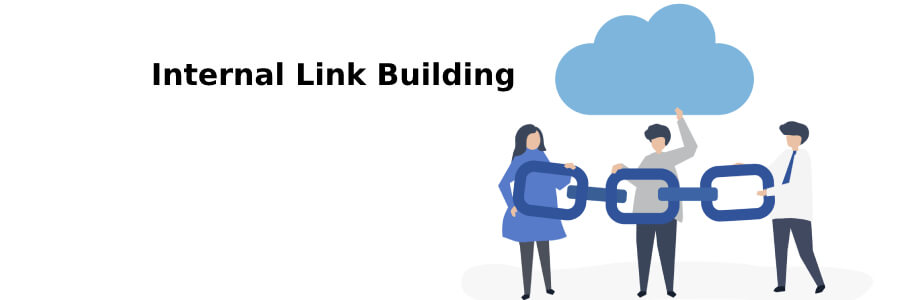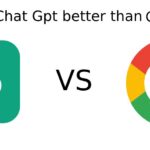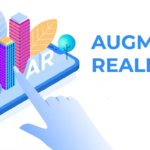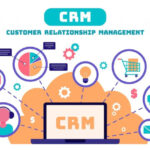
Do you want users to stay more on your website? Well, for that, you must link every content on your website with each other. Why so? This is to help users find the most relevant data, information, or knowledge in an instant. That is going to increase the average time spent by different users and minimize the bounce rate of your website. In short, internal link building is super useful to increase the value of your content and website.
Let’s first understand what are internal links. Then, you can check out various points signifying the importance of internal link building. Read on to have a better understanding of various elements of internal link building.
Internal Links: A Brief Introduction
An internal link is a hyperlink used in content that connects one web page to another web page of a website. The best thing about internal link building is the user never leaves your website. Rather, users stay on your website exploring different content published on the web.
For instance, various feature links on the homepage of a website that links to other web pages of the same website come under the category of internal links.
With that said, let’s now explore why it is so important to use internal links. Keep reading.
What Makes Internal Link Building Important
Relating Different Contents
Search Engines have become smarter these days. Hence, they might need some connecting dots for the better growth of your website. Using internal links, you can connect one content on your website to the other relevant content.
This not only improves the ranking of your focused content but also increases the overall visibility of your website. Thus, it makes all the pages on your website equally important rather than giving it only the cornerstone content.
Guiding Your Audience
Some websites are utterly complex and confusing for the audience. Hence, it frustrates and tires out the readers. In that case, if you use internal links, the audience finds it much easier to get to the desired location on your website.
Thus, internal links act as a guiding force for your audience. Hence, rather than mentioning something, you can directly provide a link to that page so that users can easily locate and read it. When all the problems of users are resolved, more users drive to your website, improving its overall rating.
Lowering Bounce Rate
Users visit any website either to know about something or to resolve any query. Now, if they get plenty of information for free, why wouldn’t they take it for granted. So, when users are going to spend more and more time on your website, that means the bounce rate of your website decreases.
Bounce rate means when a user visits your website and leaves immediately without spending time on it. When users find engaging and useful content, they tend to spend more time on the website. It enhances the ranking of your website on Google and other search engines.
Crawling Gets Easier
All the search engines have different algorithms to rank a website. However, still, their crawling mechanism is almost similar. That means, all search engines launch crawlers to your website to scan your website to know where to index or rank your website.
Basically, search engines keep everything in check when it comes to scanning, crawling, indexing, or ranking a website. Using internal links increases the range of important content on your website.
Boosting Older Posts
With time, you might forget your older posts. However, the data and content are still there on the web. Sometimes, an older post matches with the new post even if the content is different. In that case, you can always use internal linking to direct the audience to both posts.
Thus, you boost your older posts by using internal links. That way, your website’s overall ranking improves.
Wrap Up
Internal links play a crucial role in creating an efficient content flow for users as well as search engines. Hence, it is another important SEO strategy that you can’t afford to miss out on. Without an internal linking strategy, you might miss a lot on getting ranked on Google or various other search engines. Keep your users in mind and plan an internal linking strategy accordingly for the best results.













































Recent Comments